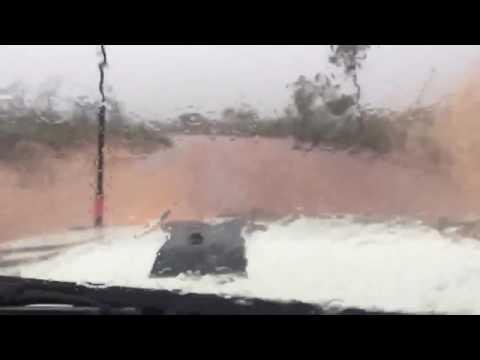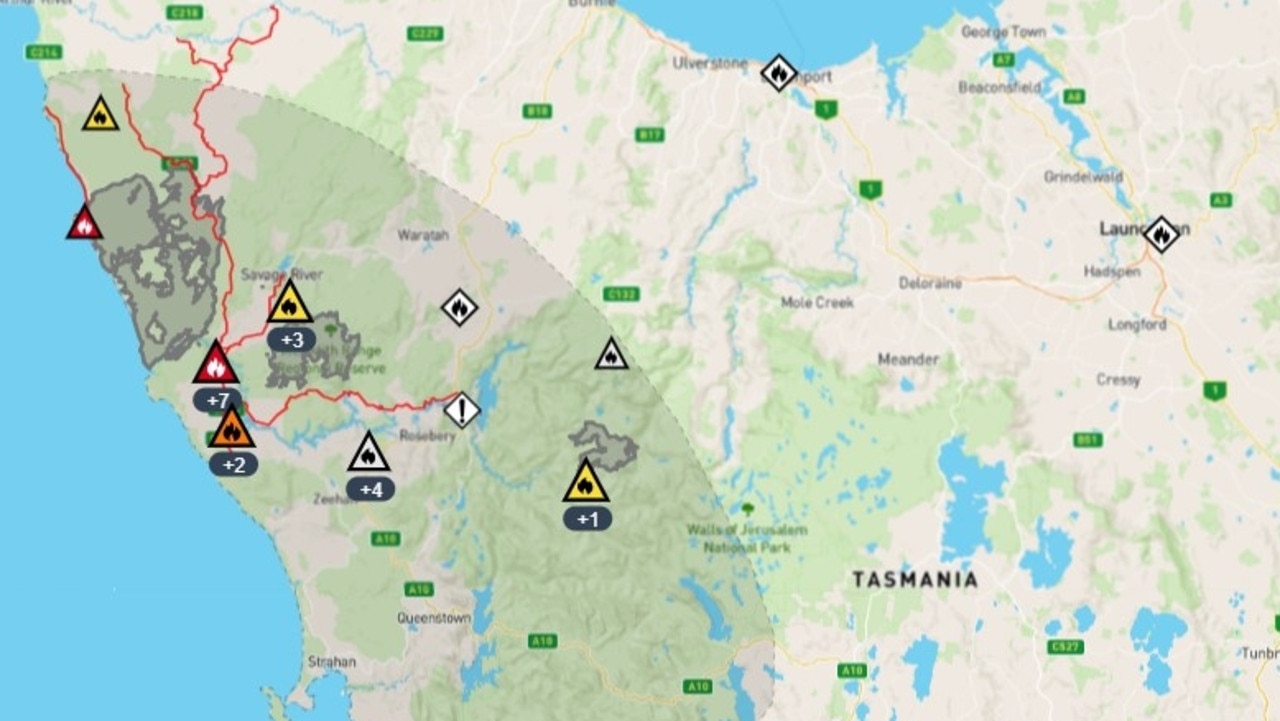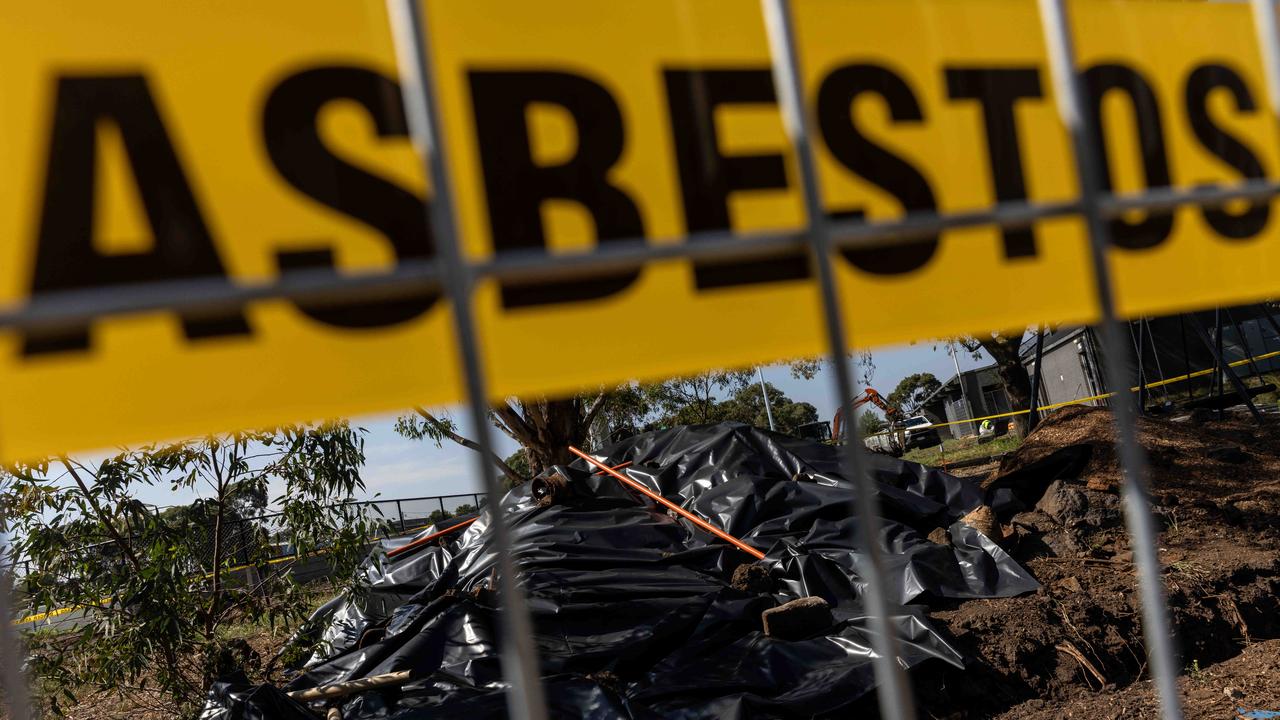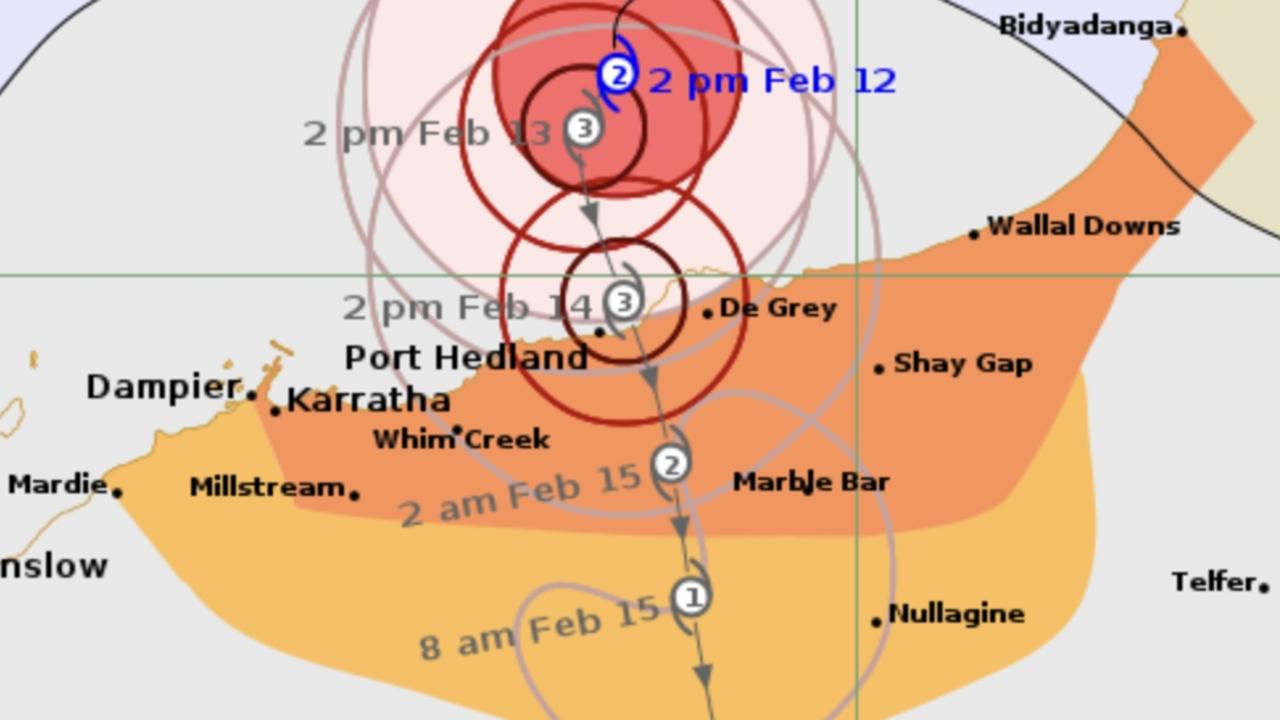Destructive winds and heavy rain batter South Australia, as east coast prepares for more hot days
A FEROCIOUS weather system has battered South Australia overnight after forcing closures at Uluru due to record-breaking rainfall.
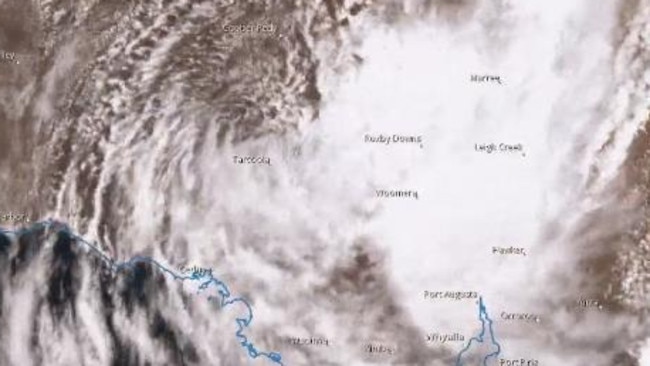
AFTER forcing closures at Uluru due to widespread record-breaking rainfall and flash flooding, a weather system has battered parts South Australia overnight.
The rare weather system, seen in Adelaide once every three years, caused destructive winds and heavy rainfall into Wednesday morning.
A Bureau of Meteorology spokesman said the most severe weather had passed, with things set to return to normal.
“We are still experiencing strong winds, which will continue to ease,” he told news.com.au.
“The rain will clear out later this morning, with showers and possible thunderstorms predicted for later today.”
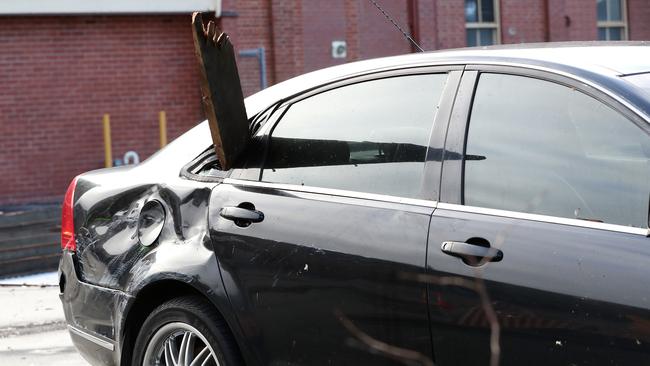
State Emergency Service communications manager John Carr said the deep low-pressure system left nearly 7000 homes without power, as the damaging storm moved across parts of the state.
“We saw widespread damage up until midnight, with 800 call-outs received over the last 18 hours,” he told news.com.au.
Mr Carr said the most serious incident saw two boys, including one aged 12, winched from the Stuart River after becoming trapped in rising waters for more than one hour.
“We have a lot of reports of trees coming down and causing damage to houses and some minor flooding from the heavy rainfall,” he said.
“Emergency services will be working furiously to help those seeking assistance.”
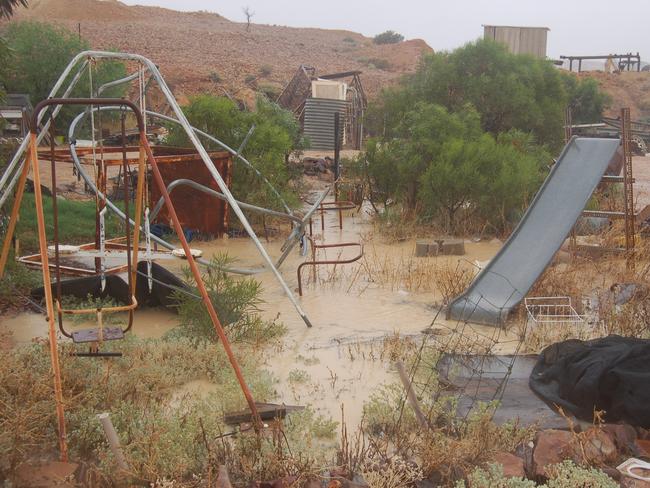
Cooper Pedy was one of the worst hit areas, with 59mm of rainfall and wind speeds of 104km/h pommeling the town.
Ernabella, in the state’s north, received an astounding 117mm of rainfall, while Mintabie had 83mm.
The Flinders Ranges, Mid North and Mount Lofty Ranges were also hit with winds up to 125km/h.
Bureau of Meteorology regional director John Nairn said this kind of weather system was only seen “once every two or three years”.
Burst water main causing traffic issues on Goodwood road and threatening to flood businesses @theTiser pic.twitter.com/GiRqGyq6es
— Mitch Mott (@MitchMottTiser) December 27, 2016
The deep low-pressure system, which originated in Central Australia, also saw the normally dry Uluru hit with flash flooding.
This made for the rare sight of waterfalls down the rock.
The bureau labelled the storm that rocked Uluru a “once in a half century” weather event.
A record 232mm of rain was recorded in the Walungurru district, in the Northern Territory’s southwest, which was the highest daily total since the 127mm recorded in March 2006.
“We’ve only got about 15 years of records at that location, but it’s clearly well above previous totals,” bureau forecaster Mosese Raico told AAP on Monday.
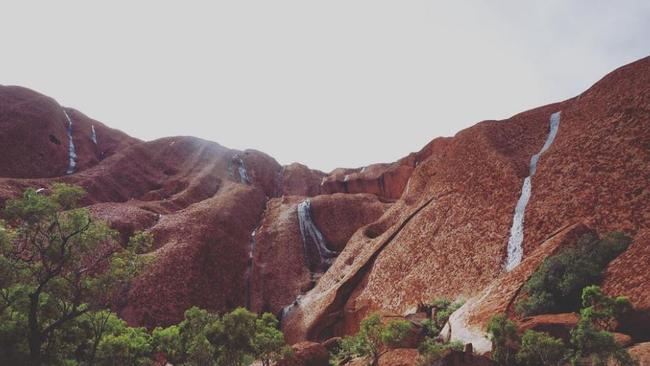
While the wild weather has passed over the central and southern parts of the country, the east coast is expected to continue to see scorching conditions.
The weather bureau has warned of heatwave conditions all week in NSW and parts of Queensland and Victoria.
Sydney is expected reach a maximum of 30C on Wednesday, with the mercury hitting a sweltering 37C on Thursday before lowering to 33C on Friday.
Residents in the city’s west are preparing to be even harder hit, after a prediction of 42C for Thursday.
Hot conditions of 36C are expected to in the west on New Year’s Eve, while Sydney city is expected to reach 31C.
Melbourne can expect light showers and a humid 35C on Wednesday, with this temperature expected to drop to 29C for the rest of the week and a cool 24C expected for New Year’s Eve.
Brisbane is expected to reach 29C for the week, but will increase to sweaty 35C on New Year’s Eve.
